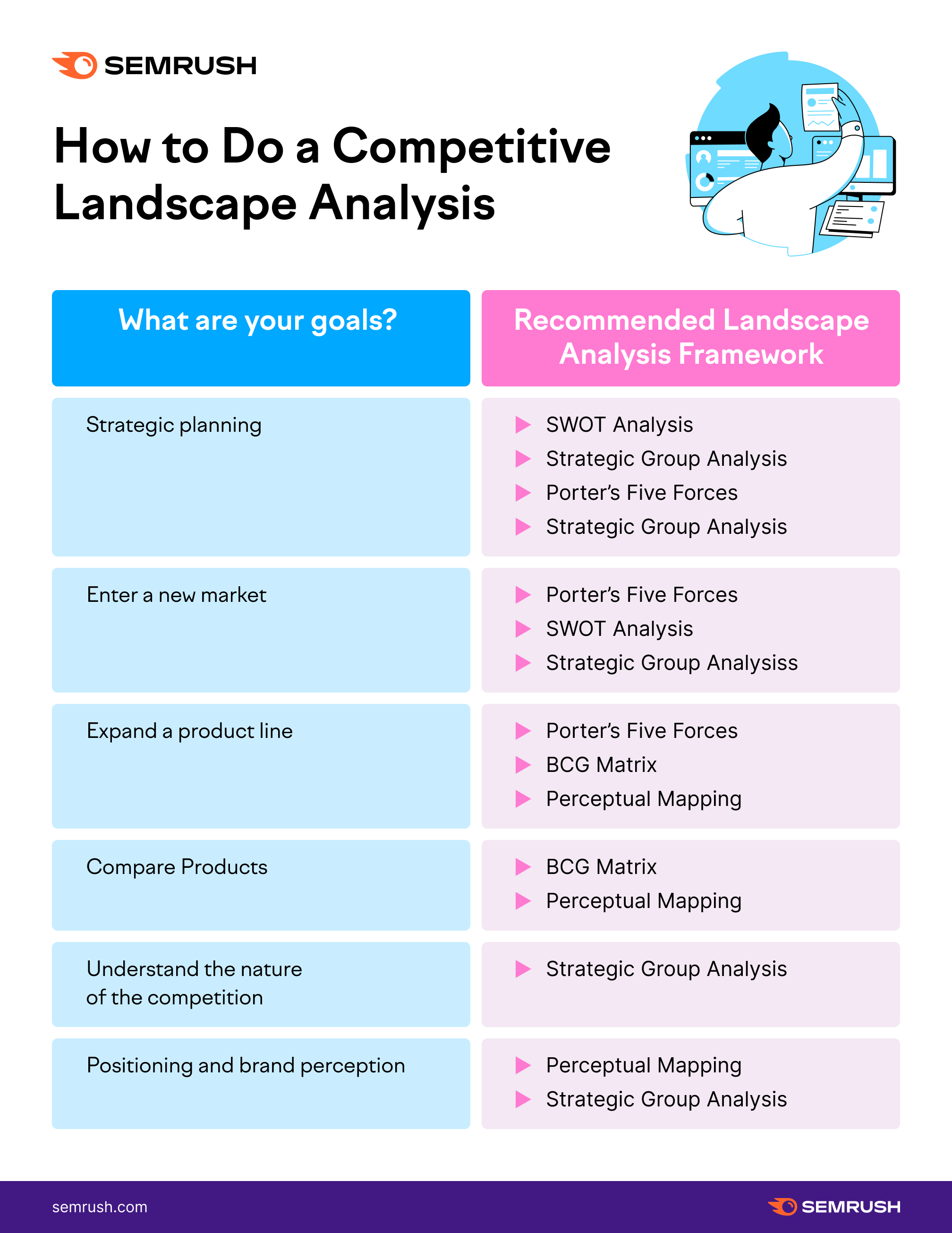
Understanding the Competitive Landscape in Business
Introduction:
In the dynamic world of business, navigating the competitive landscape is essential for success. Companies that grasp the intricacies of their competitive environment can make informed decisions, adapt strategies, and position themselves for sustainable growth.
Defining the Competitive Landscape:
The competitive landscape refers to the overall structure of a market and the various entities that operate within it. This includes competitors, potential new entrants, suppliers, customers, and substitute products or services. Understanding this landscape is crucial for businesses aiming to identify opportunities and threats.
Analyzing Competitor Strategies:
To gain a competitive edge, businesses must analyze their competitors’ strategies. This involves evaluating factors such as pricing, product differentiation, marketing approaches, and customer engagement. By dissecting competitor moves, companies can identify areas for improvement and innovation.
Assessing Market Trends:
The competitive landscape is influenced by market trends, and staying attuned to these trends is vital. Whether it’s technological advancements, changing consumer preferences, or regulatory shifts, businesses must adapt to the evolving landscape. Adapting early to emerging trends can offer a strategic advantage.
Identifying Strengths and Weaknesses:
Conducting a SWOT analysis (Strengths, Weaknesses, Opportunities, Threats) is a valuable exercise to understand the competitive position. Recognizing internal strengths and weaknesses allows businesses to capitalize on advantages and address areas needing improvement.
Strategic Positioning:
Based on a comprehensive understanding of the competitive landscape, businesses can strategically position themselves. This may involve niche targeting, cost leadership, differentiation, or innovation. Effective strategic positioning aligns with market demands and sets a company apart from its rivals.
Customer-Centric Approach:
The competitive landscape is ultimately shaped by customer needs and preferences. Successful businesses prioritize a customer-centric approach, delivering products or services that address specific pain points. This focus builds customer loyalty and can act as a barrier against competitors.
Adaptability and Innovation:
In a rapidly changing business environment, adaptability and innovation are keys to survival. Companies that continually evolve and innovate are better equipped to navigate shifts in the competitive landscape. This might involve embracing new technologies, refining processes, or exploring untapped markets.
Collaboration and Partnerships:
Sometimes, collaboration can be a strategic move in the competitive landscape. Forming alliances or partnerships with other businesses can create mutually beneficial opportunities, such as shared resources, expanded market reach, or joint ventures.
Conclusion:
In conclusion, a profound understanding of the competitive landscape is fundamental for businesses aiming to thrive. By continually assessing, adapting, and innovating, companies can position themselves strategically and build a resilient foundation for long-term success.
For more insights into navigating the competitive landscape, visit Competitive Landscape.